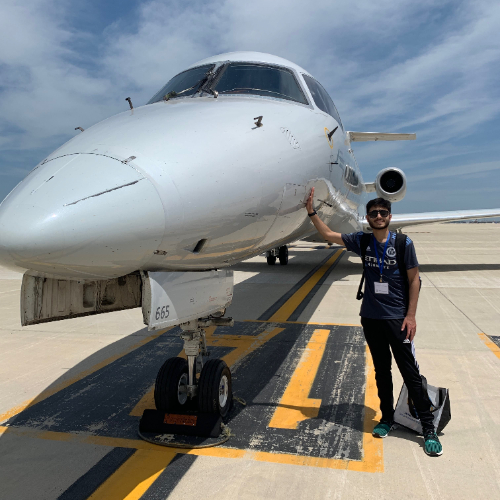On Wednesday, October 18th, the United States resumed flights dedicated to deporting migrants or asylum-seekers back to their original countries.
Deportation flights are an interesting affair since they usually do not involve the usual airlines that we mainly see operating flights across the U.S. Therefore, today, we will discuss how deportation flights work and what the recent resumption of such flights has been directed at.

Deportations to Venezuela
This event is the first time in many years that the United States has begun deporting people to the South American nation of Venezuela. The United States Department of Transportation claims that these deportation flights are in response to "an increase in migration from Venezuela that is straining immigration systems throughout the hemisphere - including in the United States."
The flights are for Venezuelans who have received final removal orders from the U.S. government. These orders are issued after migrants lose asylum or cannot seek humanitarian protection.
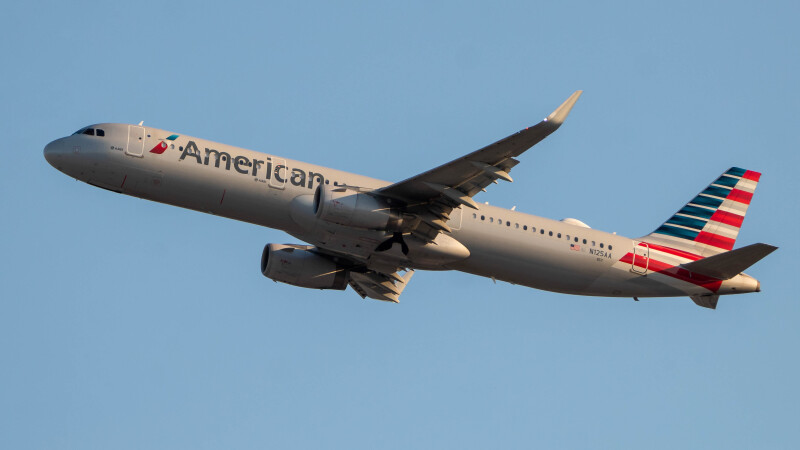
On October 18th, the first flight departed from Harlingen, Texas (H.R.L.) with around 130 passengers onboard. Harlingen is a border city and thus can be a big area for people crossing the border into the United States. The flight flew first to Miami (M.I.A.) before continuing to Caracas (C.C.S.), touching down in the Venezuelan capital around 4:30 p.m. local time.
The passengers onboard were shuttled to the plane on buses and reportedly wore wrist and ankle restraints. Because these passengers are not traditional revenue-paying passengers, they did not pass through T.S.A. screening. To provide security, U.S. immigration officers patted down the passengers as they boarded the flight.
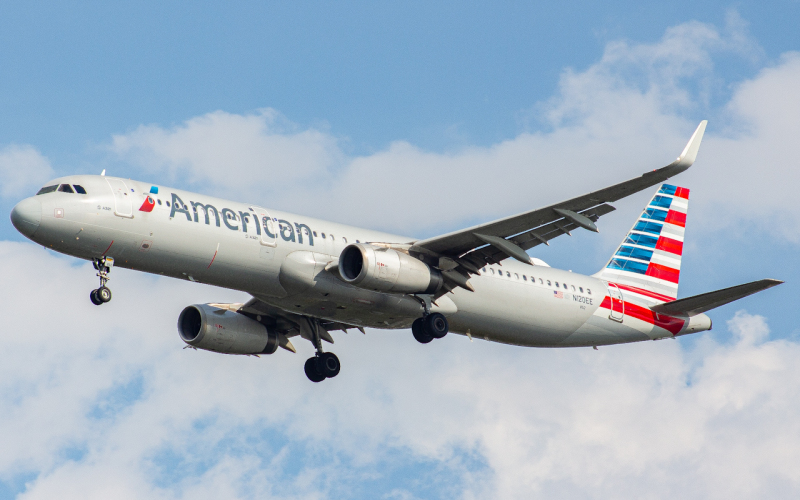
The Biden administration has stated its intentions to operate "multiple" deportation flights a week to Venezuela amid the significant increase in illegal immigration from the South American nation.
Who Operates Deportation Flights?
These deportation flights were operated by American charter airline iAero Airways, formerly known as Swift Air, L.L.C. The flights from Harlingen to Caracas via Miami were operated by an iAero 737-800 registered N277EA.
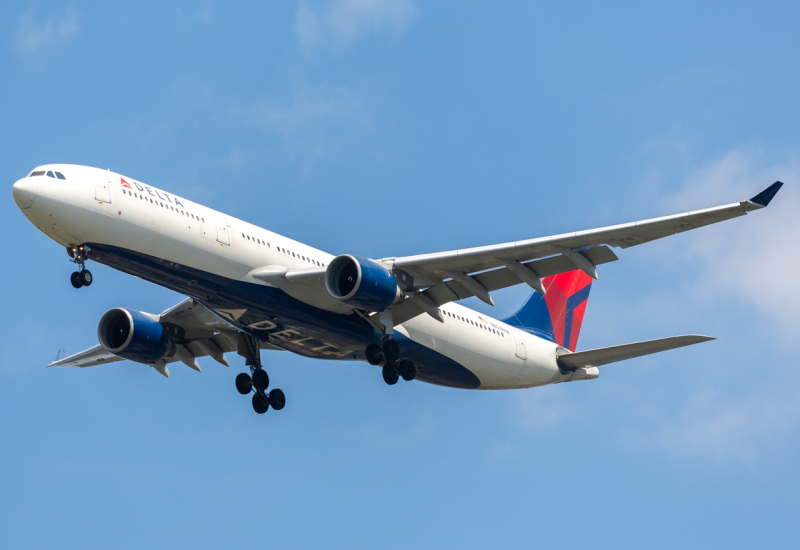
iAero, along with other charter airlines like Eastern Airways, World Atlantic Airlines, and Global Crossing (GlobalX), are most commonly seen operating these deportation flights. After all, these are technically charters.
The United States government has a fleet of charter airlines, collectively known as "I.C.E. Air," included in I.A.O. (I.C.E. Air Operations). "I.C.E.," if you couldn't guess by now, is the U.S. Immigration and Customs Enforcement agency.
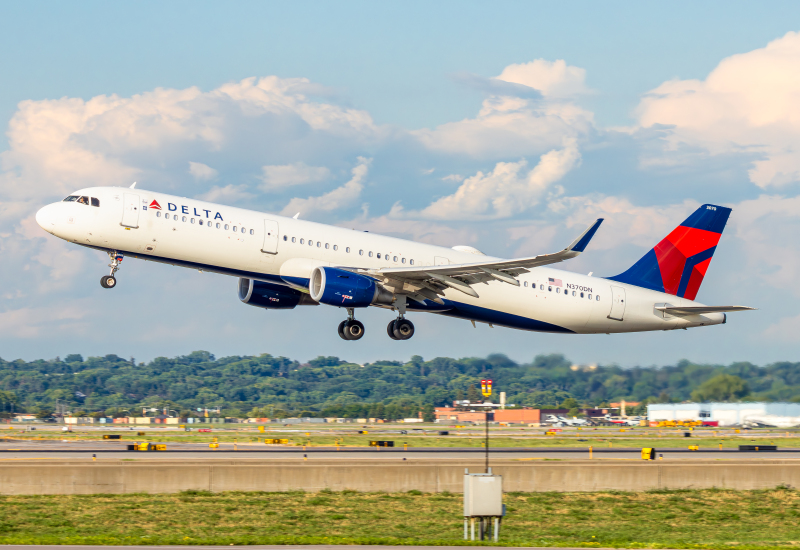
According to I.C.E., the I.A.O. stages 12 aircraft at its unspecified operational locations in Arizona, Texas, Louisiana, and Florida. These flights, especially those going to Venezuela, fly from unspecified airports in the U.S., according to the Department of Homeland Security.
Deportation flights typically carry around 130-135 passengers. This capacity means the flights are usually operated on either Boeing 737, Airbus A320 family, or McDonnell Douglas MD-80 family aircraft.
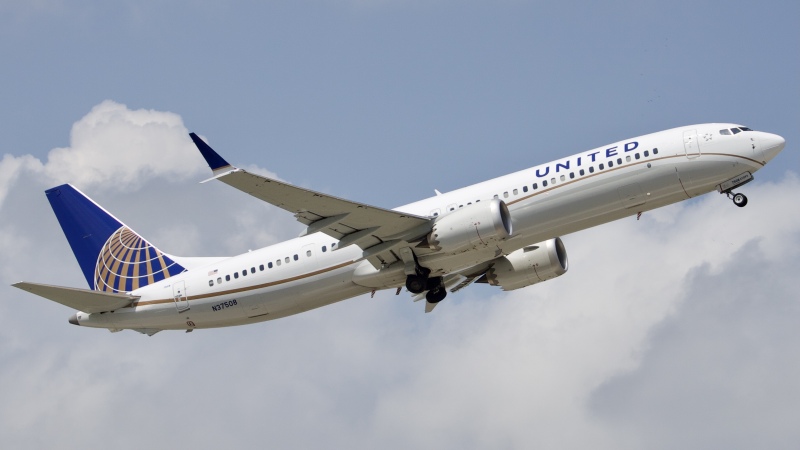
The Slight Risk of Deportation Flights
Because the United States government operates deportation flights, these flights and the companies contracted to operate them face minimal regulation by agencies.
For this reason, many deportation flights have been struck with incidents ranging from smoke in the cabin to landing gear collapses. On one occasion, a mechanic for World Atlantic Airlines employee showed up to work intoxicated and had various incidents reported by the company before being fired.
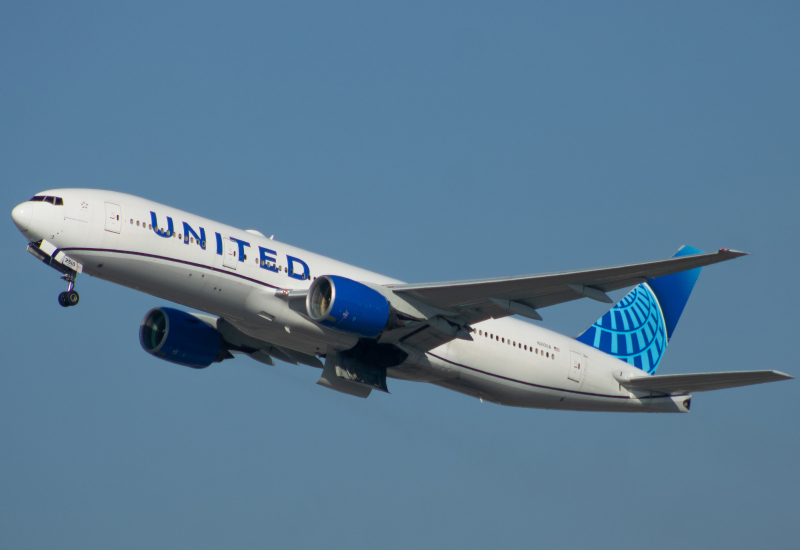
I.C.E. has reported these incidents and has prompted charter airline companies to improve their safety practices so that no more lives get put in jeopardy.
Comments (0)
Add Your Comment
SHARE
TAGS
NEWS Venezuela Deportation Flights Informational Aviation ICE Air Swift Air GeopoliticsRECENTLY PUBLISHED
 Learjet Owned By Vince Neil Crashes Into Gulfstream Jet, 1 Fatality Confirmed
On February 10th, around 14:30 local time, a Learjet private jet aircraft crashed into another private jet after landing at Scottsdale Airport (SCF) in Arizona.
NEWS
READ MORE »
Learjet Owned By Vince Neil Crashes Into Gulfstream Jet, 1 Fatality Confirmed
On February 10th, around 14:30 local time, a Learjet private jet aircraft crashed into another private jet after landing at Scottsdale Airport (SCF) in Arizona.
NEWS
READ MORE »
 Seattle Plane Strike 2025: Japan Airlines and Delta Collision Raises Safety Concerns
Seattle-Tacoma International Airport saw a concerning incident on Wednesday morning when a Japan Airlines (JAL) plane clipped a parked Delta Air Lines jet while taxiing. Thankfully, no one was injured, but passengers described the collision as a frightening experience.
NEWS
READ MORE »
Seattle Plane Strike 2025: Japan Airlines and Delta Collision Raises Safety Concerns
Seattle-Tacoma International Airport saw a concerning incident on Wednesday morning when a Japan Airlines (JAL) plane clipped a parked Delta Air Lines jet while taxiing. Thankfully, no one was injured, but passengers described the collision as a frightening experience.
NEWS
READ MORE »
 Ethiopian Airlines Expands Cargo Fleet with New Boeing 777 Freighter
Ethiopian Airlines has expanded its cargo fleet with a brand-new Boeing 777 Freighter, registered as ET-BAB (MSN 68140). The aircraft was delivered directly from Boeing’s factory in Everett, Washington, USA, and landed at Addis Ababa Bole International Airport at 3:41 PM (GMT+3) on Wednesday, January 22, 2025.
NEWS
READ MORE »
Ethiopian Airlines Expands Cargo Fleet with New Boeing 777 Freighter
Ethiopian Airlines has expanded its cargo fleet with a brand-new Boeing 777 Freighter, registered as ET-BAB (MSN 68140). The aircraft was delivered directly from Boeing’s factory in Everett, Washington, USA, and landed at Addis Ababa Bole International Airport at 3:41 PM (GMT+3) on Wednesday, January 22, 2025.
NEWS
READ MORE »




